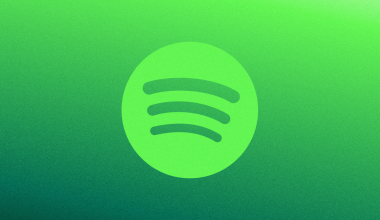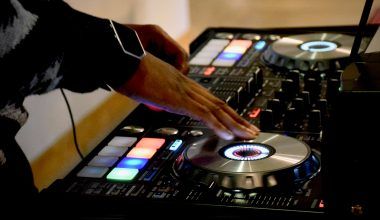What Are Songs Under Public Domain?
Have you ever wondered what it means when a song is in the “songs under public domain”? Simply put, a song under public domain is free for anyone to use without asking for permission or paying royalties. Sounds great, right? But there’s a bit more to it, and understanding the details can open up a world of creative possibilities for you.
When a song enters the public domain, it means the copyright protection has expired, or the creator has willingly released it for public use. This allows musicians, teachers, filmmakers, and just about anyone to use the music freely, whether for fun or profit. However, not every old song falls into this category. The rules can be a bit tricky, but don’t worry – we’ll break them down for you.
Why Do Songs Enter Public Domain?
Songs don’t just magically become free to use. The main reason a song enters the public domain is that its copyright has expired. In many countries, copyright protection lasts for the creator’s lifetime plus 70 years. Once this period ends, the song becomes part of the public domain.
Sometimes, creators or copyright holders might also choose to release their songs into the public domain before the copyright expires. This might happen if they want to make their music more accessible or contribute to cultural preservation. For example, folk songs or traditional pieces are often shared in this way.
How to Find Songs Under Public Domain
Finding public domain songs isn’t as hard as you might think. There are many resources available online that list music you can use freely. Websites like the Public Domain Information Project and IMSLP (International Music Score Library Project) are excellent starting points. They organize songs by genre, era, and other categories to help you find exactly what you need.
When exploring these sites, you’ll notice that many public domain song come from older periods, like classical music or folk traditions. Don’t be surprised if you stumble across works by composers like Bach, Beethoven, or Mozart. These timeless pieces are now free for anyone to enjoy and adapt.
Popular Examples of Public Domain Songs
Here are some classic songs under public domain:
- “Happy Birthday to You” (as of 2016!)
- “Amazing Grace”
- “Greensleeves”
- “Silent Night”
- Folk tunes like “Oh! Susanna” and “Yankee Doodle”
These songs have been used in countless movies, advertisements, and creative projects over the years. Their versatility and timeless appeal make them favorites among creators.
The Benefits of Using Public Domain Songs
So, why should you care about songs in the public domain? Here are some of the top benefits:
- Cost-Free Creativity: You don’t need to pay licensing fees or royalties to use public domain songs. This is great for small businesses, independent artists, and hobbyists.
- Unlimited Usage: You can modify, remix, or even commercialize these songs without legal concerns. Want to turn “Silent Night” into a techno remix? Go for it!
- Educational Tools: Teachers and students can freely use public domain song for lessons, performances, or projects.
- Cultural Preservation: By reusing public domain song, you’re helping keep musical traditions alive and relevant.
Challenges and Misconceptions
While using public domain songs has many perks, it’s not always straightforward. Some challenges include:
- Copyright Confusion: Not all old songs are public domain. For instance, a recording of a public domain song might still be copyrighted.
- Verification: Ensuring a song is genuinely in the public domain can be tricky. Always double-check sources.
- Modern Adaptations: Even if the original song is free, newer arrangements or recordings might not be.
Understanding these nuances can save you from potential legal trouble.
How to Use Public Domain Song Legally
Once you’ve found a public domain song, using it is fairly simple. Here are a few ideas:
- Add it to your YouTube videos without worrying about copyright strikes.
- Create your own version for Spotify or other streaming platforms.
- Use it as background music for your indie film.
- Perform it at events or on social media.
Just remember to respect the original composer’s work, even if it’s free to use.
The Future of Public Domain Music
Every year, more works enter the public domain, thanks to copyright expiration. This means the pool of free music is constantly growing. As of now, many pieces from the early 20th century are becoming available, including jazz standards and early blues recordings.
This trend is exciting for creators because it opens up more opportunities for innovation and collaboration. Imagine remixing an early jazz tune into a modern hit or using a vintage recording in your next big project. The possibilities are endless!
Conclusion: Embrace the Freedom of Public Domain Songs
Song under public domain are a treasure trove of inspiration. They offer a unique blend of history, creativity, and freedom that’s hard to find elsewhere. Whether you’re an artist, teacher, or simply a music lover, exploring public domain song can unlock new opportunities and spark your imagination.
So, why not start today? Dive into the world of public domain music, and let your creativity flow. Who knows – your next masterpiece might be waiting in this timeless collection.
For further reading, explore these related articles:
- Exploring the Best Free Music Distribution App for Independent Artists
- Comprehensive Breakdown of Music Distribution Costs for Artists
For additional resources on music marketing and distribution, visit Deliver My Tune.






